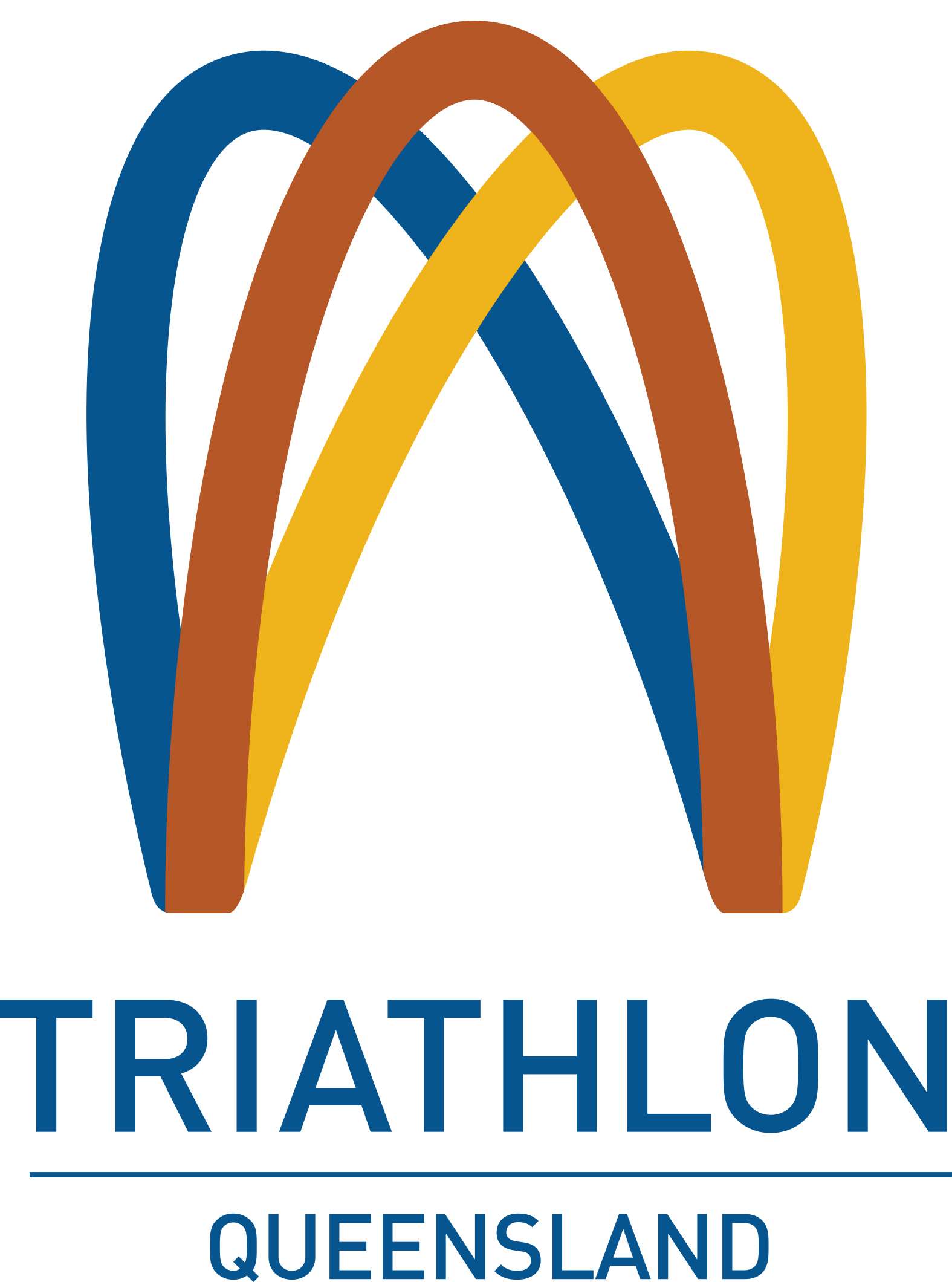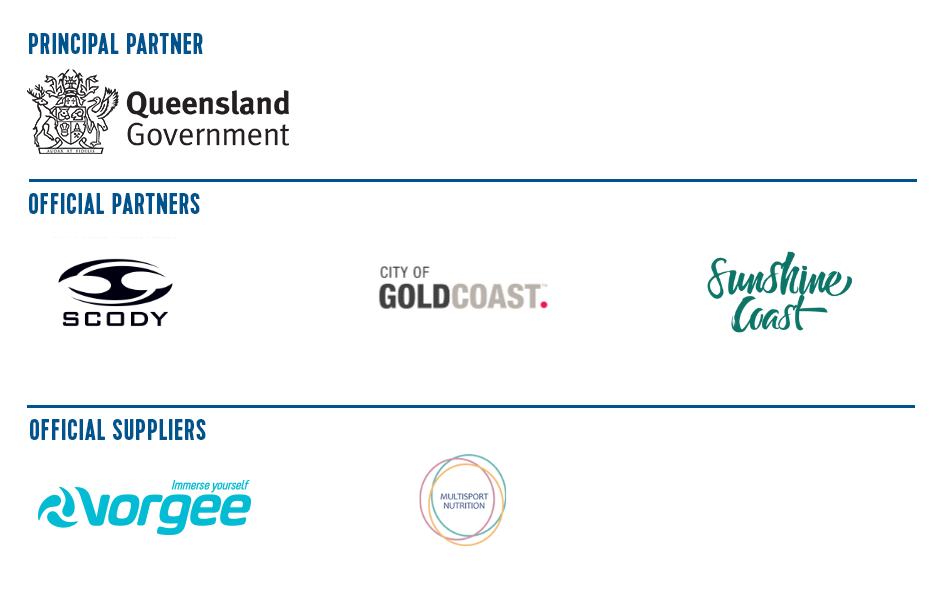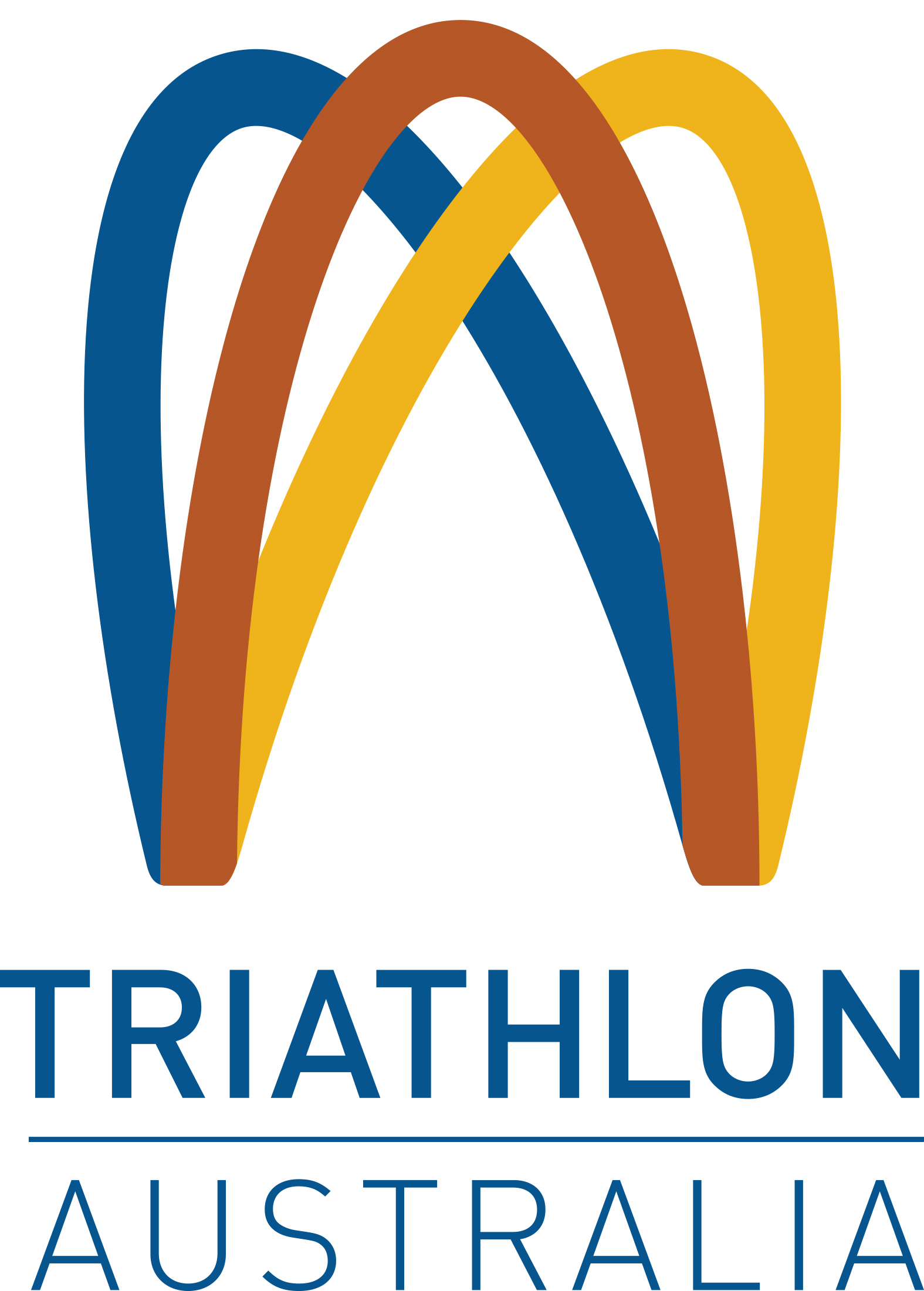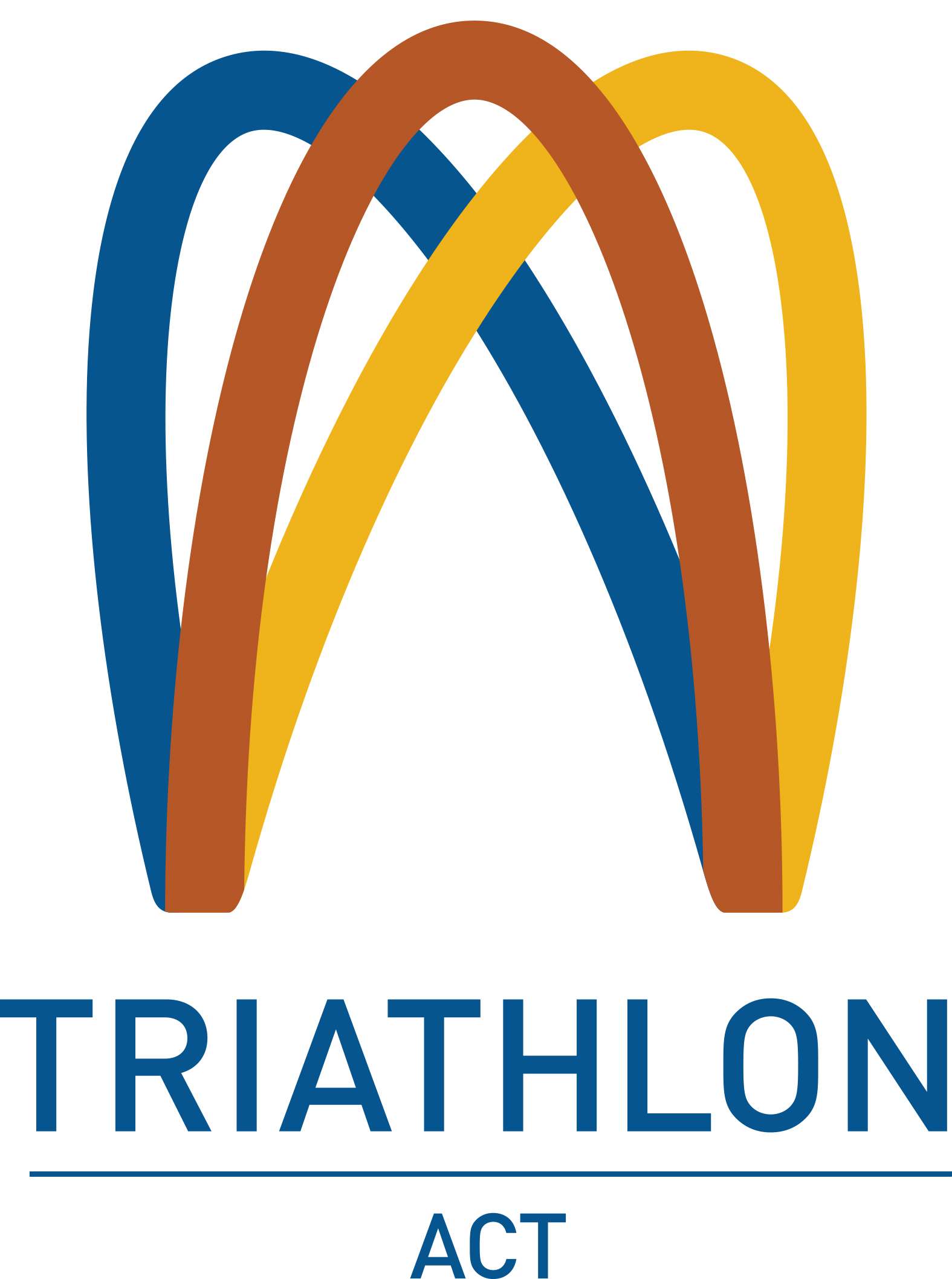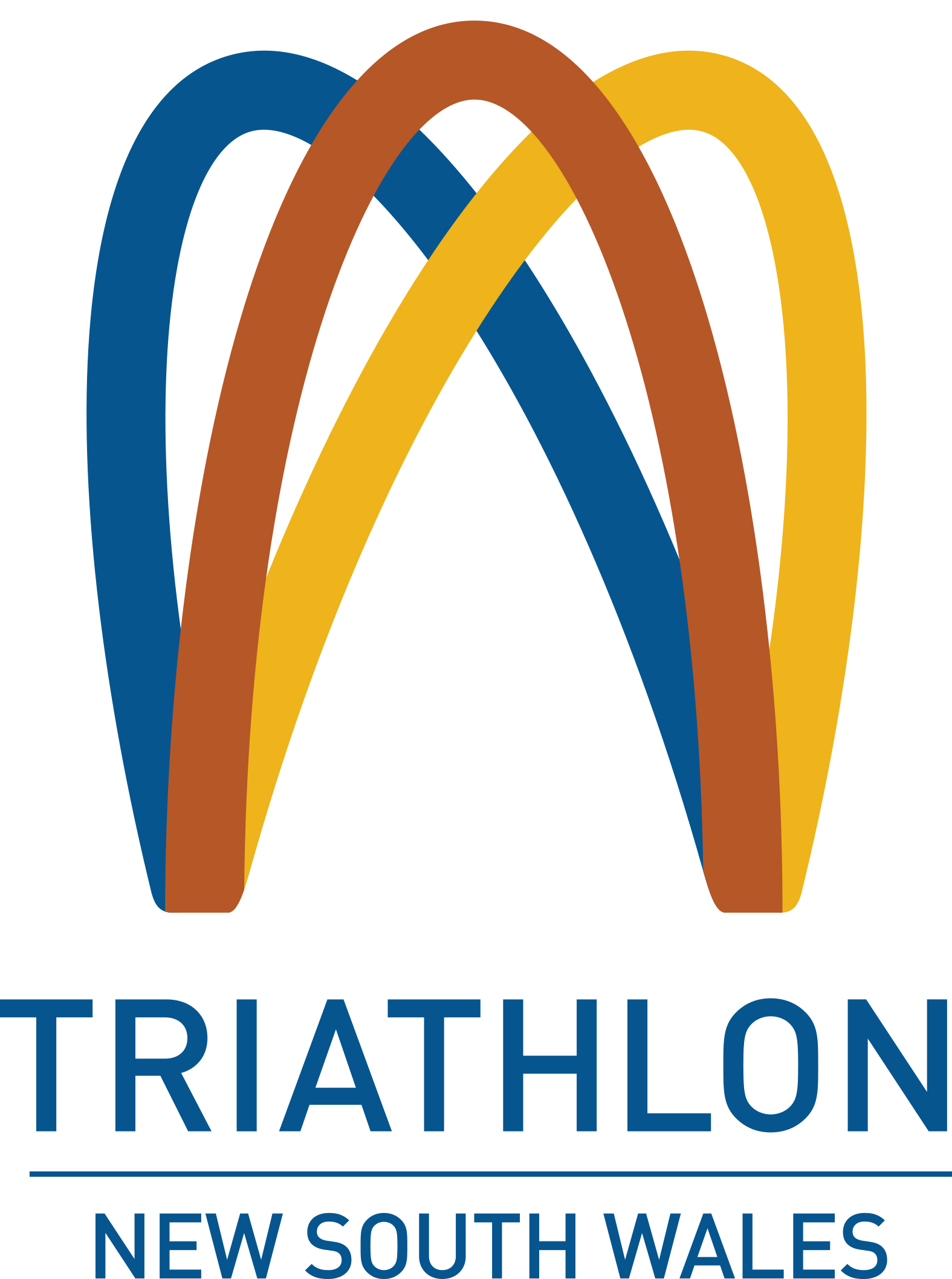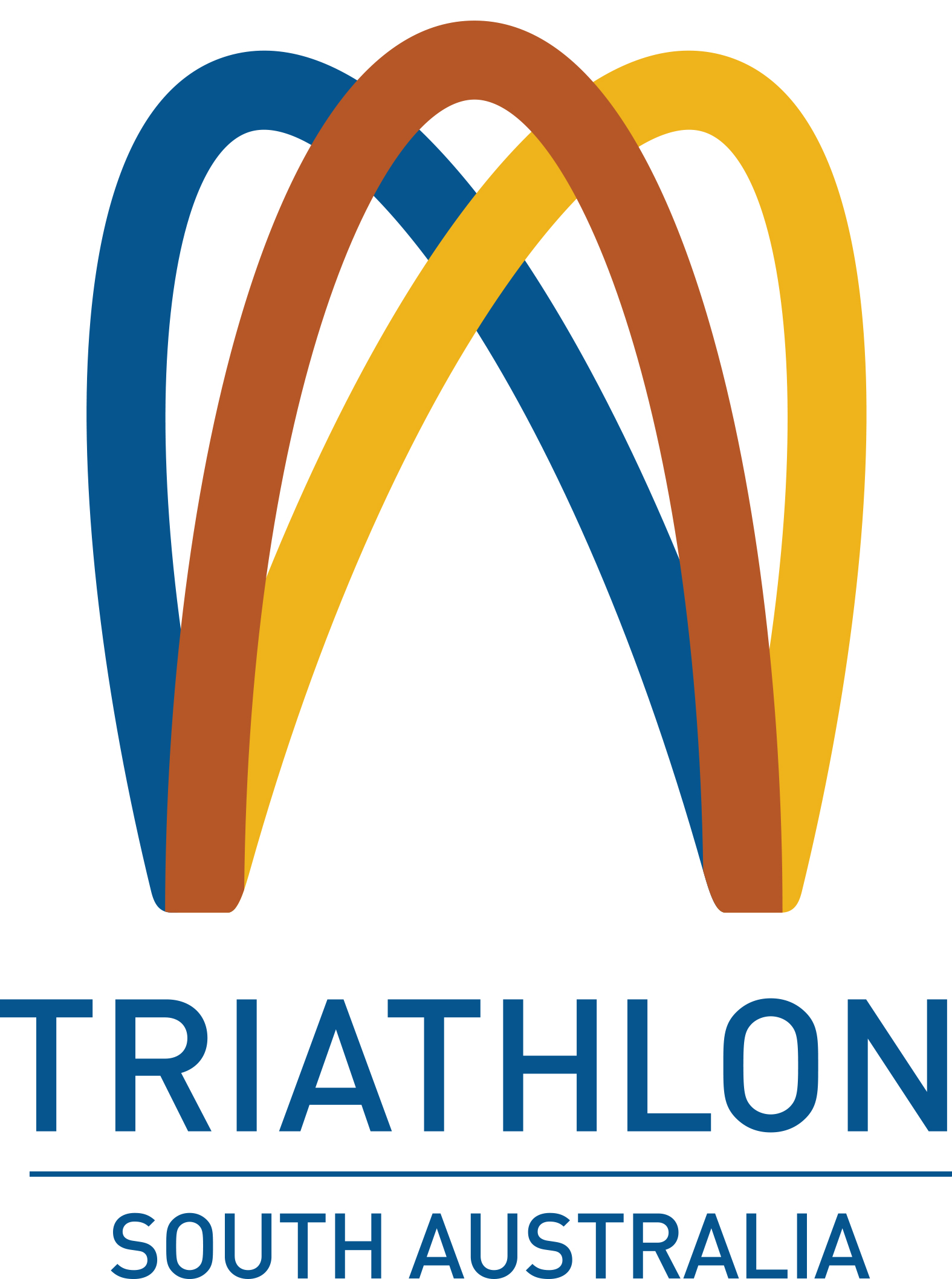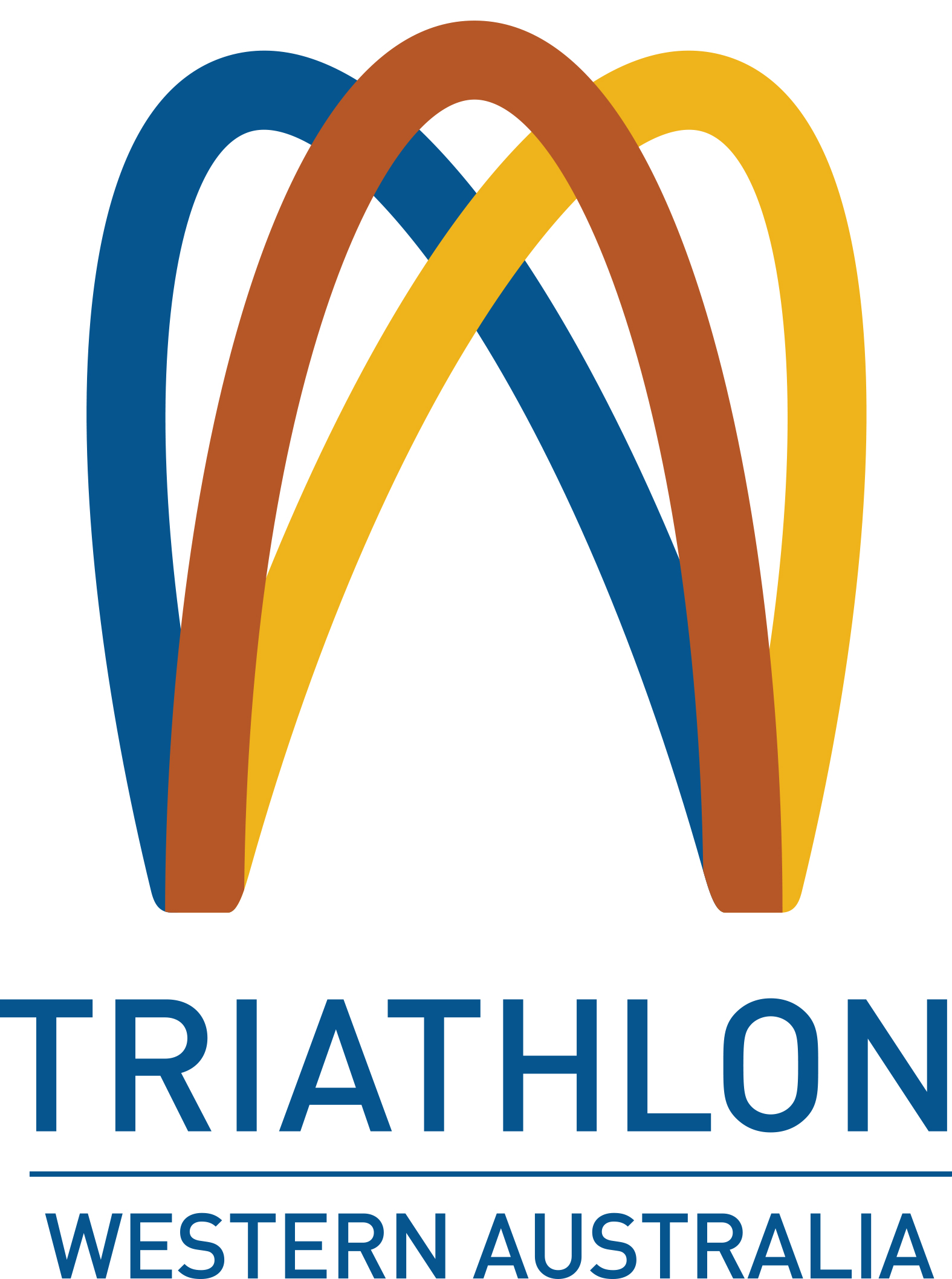You don’t need me to tell you that plant-based diets are becoming more popular among athletes, particularly triathletes (and it’s not just since The Game Changers was released!). But despite being a popular trend, eating more plants has many benefits for athletes when done correctly. If you’re thinking of transitioning to a plant-based diet, or if you’ve recently made the swap, this is a must read for you.
There are many benefits for your health and triathlon performance if you make the change to eating more plant-based foods, like managing energy levels and weight, improved blood cholesterol levels, and so on. But, like any style of eating, there can also be some negative impacts if not done right.
A plant-based diet means eating mostly plants, as well as some animal products, like milk, cheese yoghurt, eggs and meat in small amounts; it doesn’t mean subsisting entirely on vegetables, or ruling out meat and dairy entirely. If you’re wanting to make the leap to a plant-only diet, this is a great place to start, as it allows you to gradually adjust and find alternatives to meet your nutritional needs.
Often when triathletes transition to a plant-based diet, their overall energy intake reduces if they don’t increase certain portions of foods, such as proteins; this is because many plant-based foods are lower in energy compared to animal foods. But unless we’re trying to reduce weight, a drop in energy intake isn’t ideal. So, eating a variety of protein-rich foods regularly throughout the day can help meet nutritional needs and support recovery from training.
Whenever my athletes are wanting to start eating a plant-based diet, we build a checklist on key areas they need to focus on so they can optimise their food and nutrition around training, which ultimately leads to performance improvements. Take a look at the checklist below to see what changes you need to make (if any) to your current eating habits:
My Checklist:
- Overall energy intake: increase meal portions and/or snacks;
- Protein: eat regularly (every 3-4 hours) and eat a variety of protein-rich foods (beans, lentils, nuts, seeds, tofu, fortified soy milk, dairy, and eggs if you eat these);
- Iron and zinc-rich foods: Protein-rich foods are also a great source of iron and zinc. Get blood tests regularly (especially when initially transitioning, and every three months after starting) to monitor levels and make sure you’re on the right track;
- Calcium intake: eat at least three serves of the following each day to support strong bones and monitor vitamin D levels: milk (cow’s or fortified soy milk), calcium-set tofu, tempeh, broccoli, dried figs, wakame seaweed, yoghurt, or cheese;
- Omega 3s: These are the ‘good’ types of fat that you’re body can’t produce naturally. Make sure you eat walnuts, chia seeds, or flax seeds, and consider taking a green algae supplement to lower your LDL (low-density lipoprotein, or ‘bad’ cholesterol), and raise your HDL (high-density lipoprotein, or ‘good’ cholesterol) levels.
Tips on Transitioning:
- Start slowly each week. You don’t need to go from 0 to 100 immediately! Meat-free Mondays are a good way to start eating more vegetarian and plant-based meals, and it helps the family slowly adjust!
- Monitor how you feel in training. Plant-based foods are rich in fibre, so adding lots of these foods all at once may cause some gut discomfort in training. Start small and build; this will train your gut, and will allow it to tolerate more fibre intake around training and racing;
- Alternate between plant-based and meat-based meals;
Swap half your meat for legumes (e.g. curries with chicken and chickpeas, Mexican meals with beans, stir fry dishes with tofu, etc); - Let your coach and support team know that you are transitioning to a more veggie-heavy diet, and keep them in the loop regarding your food goals. They can keep an eye on your energy and performance levels to monitor energy and iron deficiency symptoms, as well as fatigue (which often hits a few months after transitioning);
- Consulting a sports dietitian can help you optimise your eating with your training and lifestyle, and work through gut issues and fatigue if you’re experiencing them.
The most important thing to remember is that nutrition is individualised. We all have different lifestyles, different taste buds, and different needs. Focus on what works for you, fuel your body well, and you will be able to build a strong healthy body. SportsDietitian.com are running a plant-based diet and sport workshop with their online program starting March 17. For more information, visit the event site here, or download the app here.
Happy training & eating,
Christie Johnson
AUS AG Triathlete, Duathlete & Sports Dietitian
SportsDietitian.com
